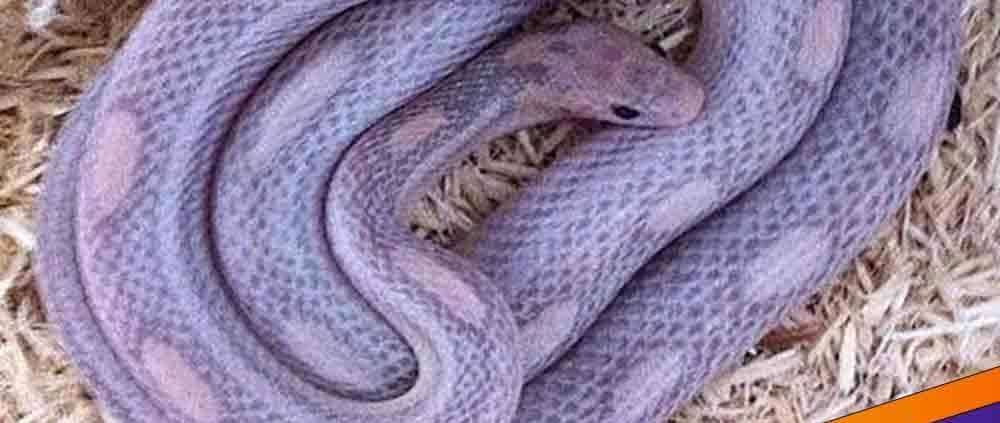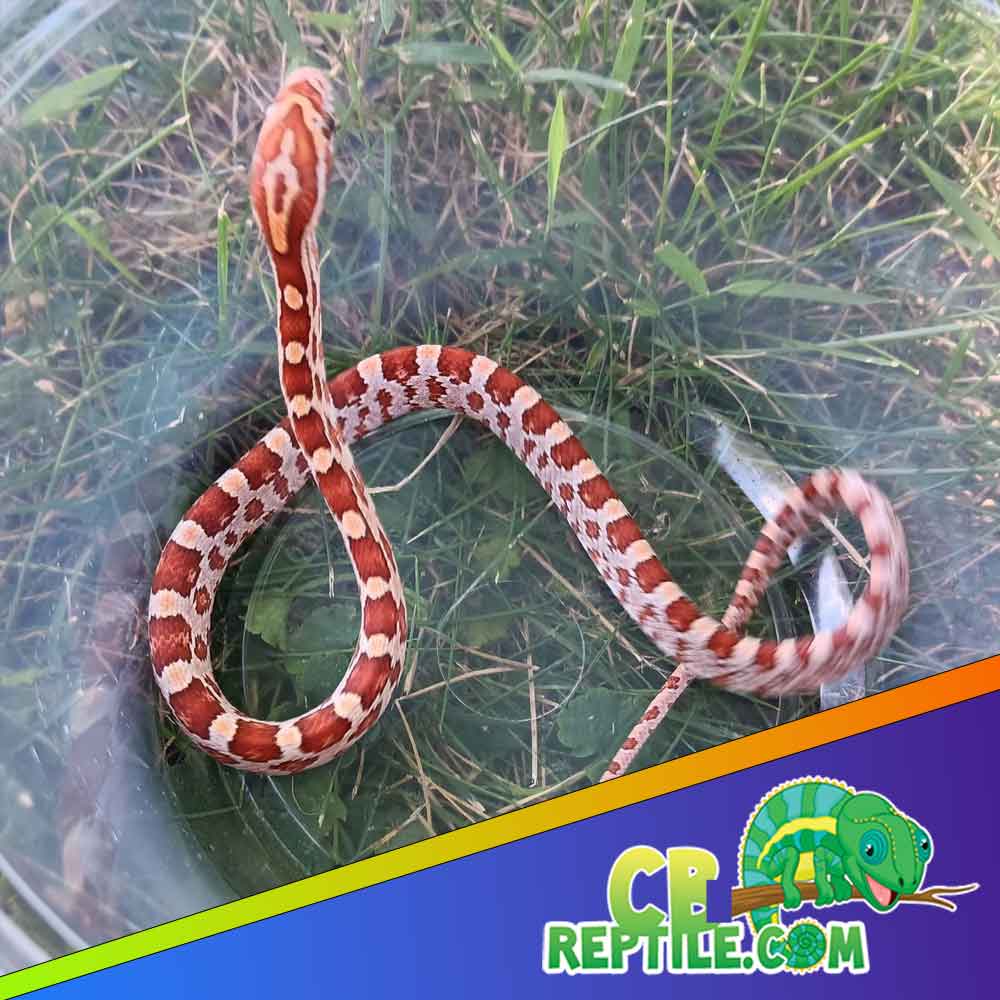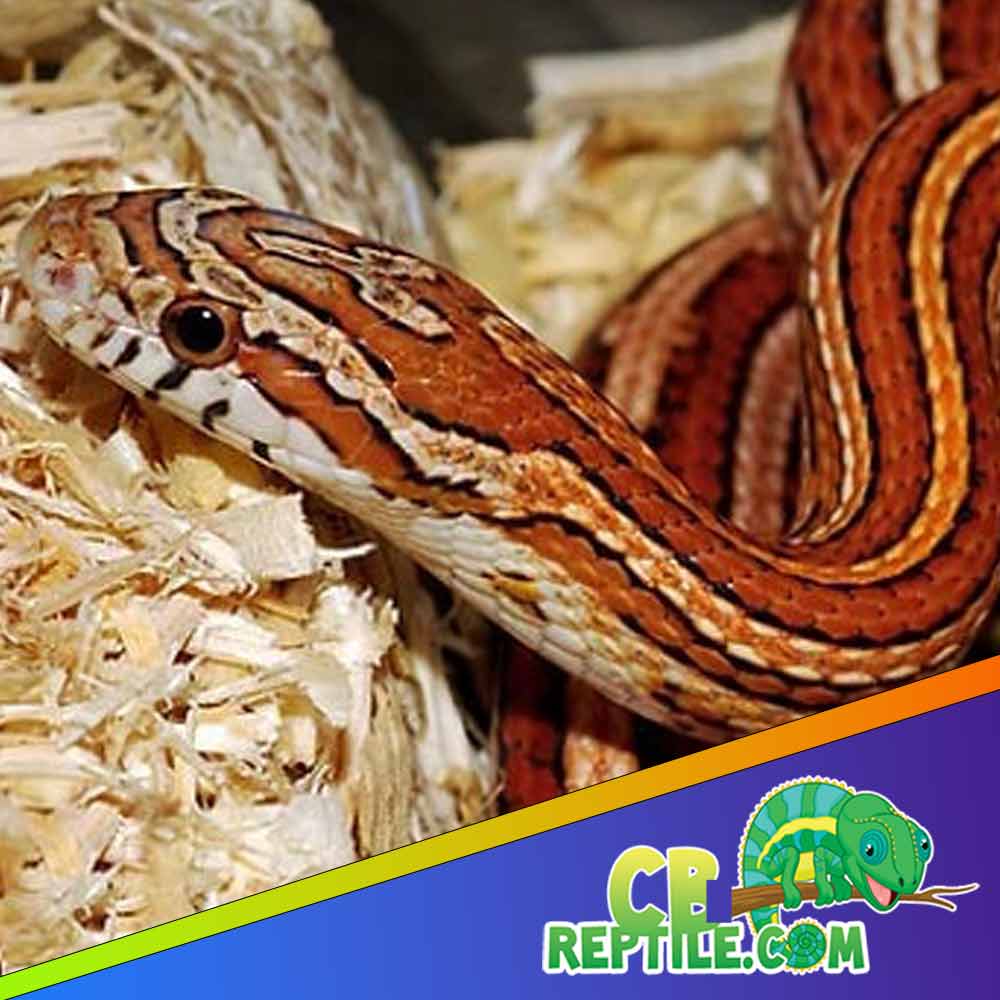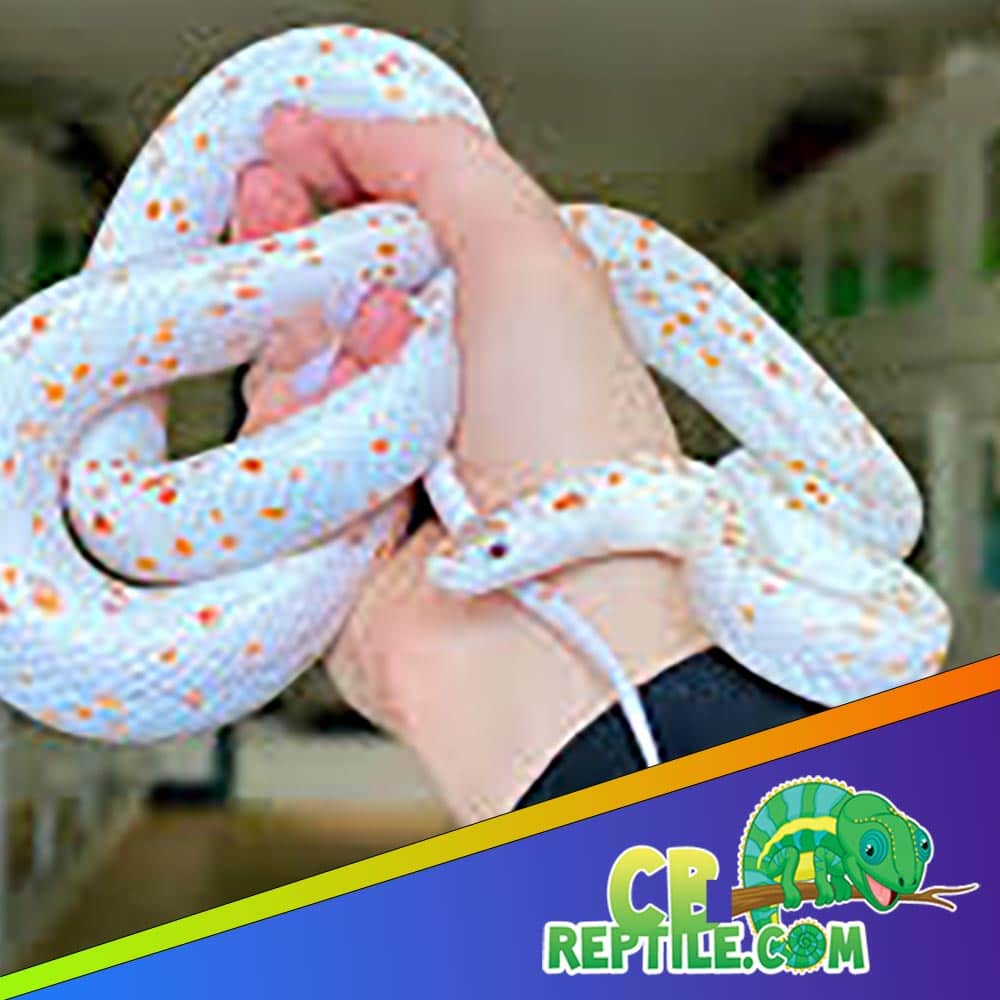
Feeding Your Pet Corn Snake: A Happy Keeper’s Guide

What Do Corn Snakes Eat?
In the wild, corn snakes feed on rodents, small reptiles, and occasionally birds. In captivity, the diet is much simpler: frozen/thawed rodents are the gold standard. These provide complete nutrition and eliminate the risks associated with live prey. Starting with captive-bred snakes that already eat frozen/thawed meals makes the feeding process easier for new keepers.
Feeding Schedule by Age
| Age | Food Type | Frequency |
|---|---|---|
| Hatchlings | Pinky mice | Every 5–7 days |
| Juveniles | Fuzzies or hoppers | Every 7 days |
| Adults | Adult mice or small rats | Every 7–10 days |
Always size the prey to be about the same width as the snake’s thickest body section. This ensures safe digestion and steady growth.
How to Feed Your Corn Snake
- Thaw completely: Place the frozen rodent in a sealed bag and thaw it in warm water until it reaches body temperature.
- Use tongs: Offer the prey with feeding tongs, not your hands, to avoid accidental bites.
- Provide privacy: Some snakes prefer to eat without being watched. Cover the enclosure lightly if needed.
- Remove uneaten prey: If your snake refuses, discard the rodent and try again in a few days.
Habitat Setup for Healthy Feeding

A proper enclosure not only keeps your corn snake secure but also supports good digestion. Stress-free snakes eat better and grow healthier. Here’s what you’ll need:
Enclosure Size
- Hatchlings: 10–20 gallons
- Juveniles: 20–30 gallons
- Adults: 40+ gallons
Décor & Hides
Provide at least two hides—one on the warm side and one on the cool side. Add climbing branches, cork bark, and foliage to encourage natural exploration and reduce stress.
Temperature & Humidity for Digestion
Proper digestion depends on a stable temperature gradient. Without it, your snake may regurgitate its meal or stop eating altogether.
- Warm side: ~85°F surface temperature.
- Cool side: ~75°F ambient.
- Nighttime: ~70°F is acceptable.
Keep humidity at 40–50%. Increase slightly during shedding with the help of a humid hide filled with damp moss.
Handling and Feeding Balance

Handling is fun, but it’s important to time it correctly around meals. Avoid handling for at least 48 hours after feeding to allow for proper digestion. Similarly, avoid handling when your snake is in shed, as cloudy vision can make them defensive.
Raising a Baby Corn Snake
Baby corn snakes require extra care when it comes to feeding. They need smaller prey and more frequent meals. Starting with a well-bred, captive baby from CBReptile.com makes the process easier, as these babies are already accustomed to eating frozen/thawed prey.
If you’re looking for a baby corn snake for sale, CBReptile.com is the place to go. Their snakes are healthy, parasite-free, and raised with care by experienced breeders.
Why Buy From Real Breeders Like CBReptile.com?
The success of feeding your corn snake begins with where you buy it. Big-box pet stores often source from large-scale suppliers, where snakes may arrive stressed, sick, or unwilling to eat frozen/thawed prey. Choosing trusted breeders ensures a positive start.
CBReptile.com has been a leader in reptile breeding for over a decade. They are family-run, passionate about reptiles, and known for producing strong, healthy corn snakes. When you buy from them, you’re not just getting a pet—you’re gaining access to lifetime support and expert care advice.
Daily & Weekly Care Checklist
- Daily: Check temps, humidity, and water. Spot-clean waste.
- Weekly: Feed, handle gently, and check for signs of shedding.
- Monthly: Deep-clean the enclosure and rotate enrichment décor.
Happy Keeper’s Feeding Checklist
- Always feed frozen/thawed rodents sized to your snake’s girth.
- Maintain a steady feeding schedule by age.
- Provide fresh water daily.
- Ensure enclosure temps are ~85°F warm side and ~75°F cool side.
- Give your snake privacy during meals.
- Choose captive-bred snakes from CBReptile.com for feeding success.
